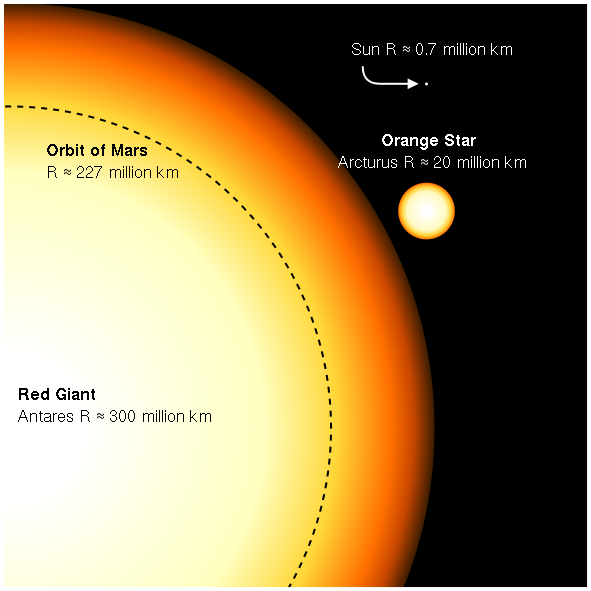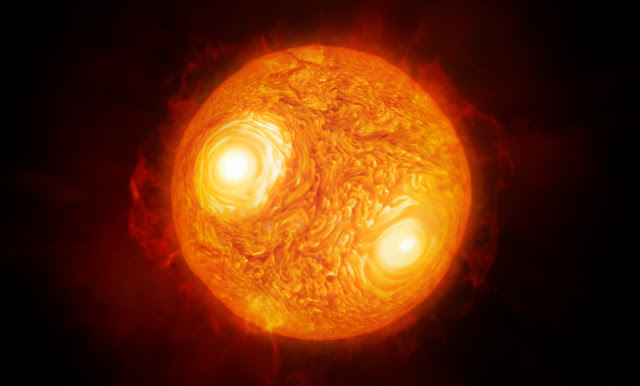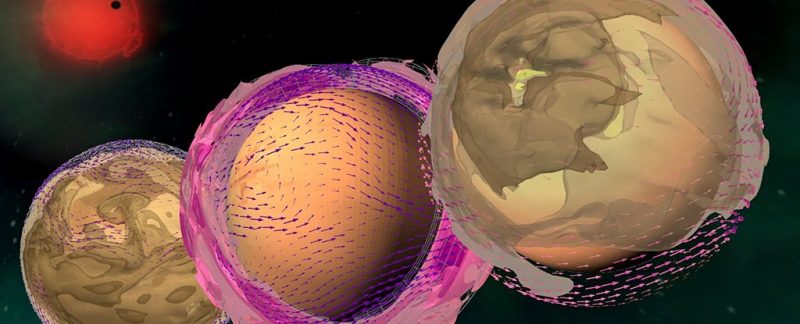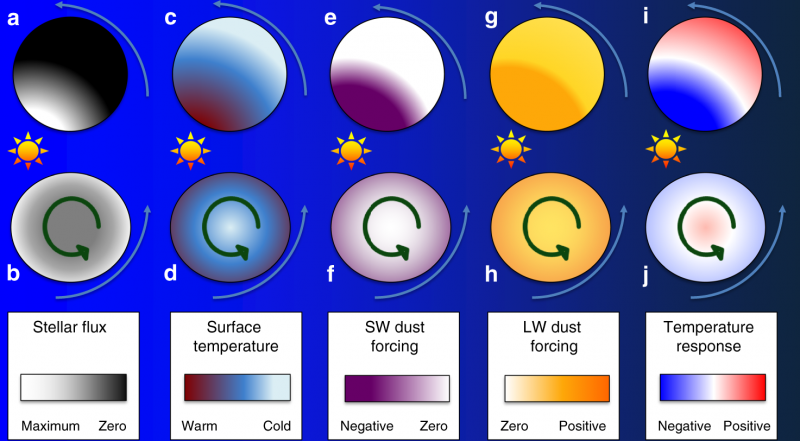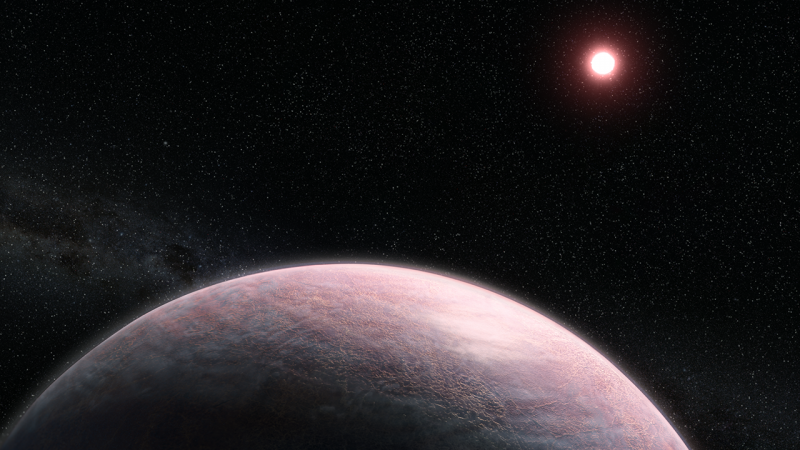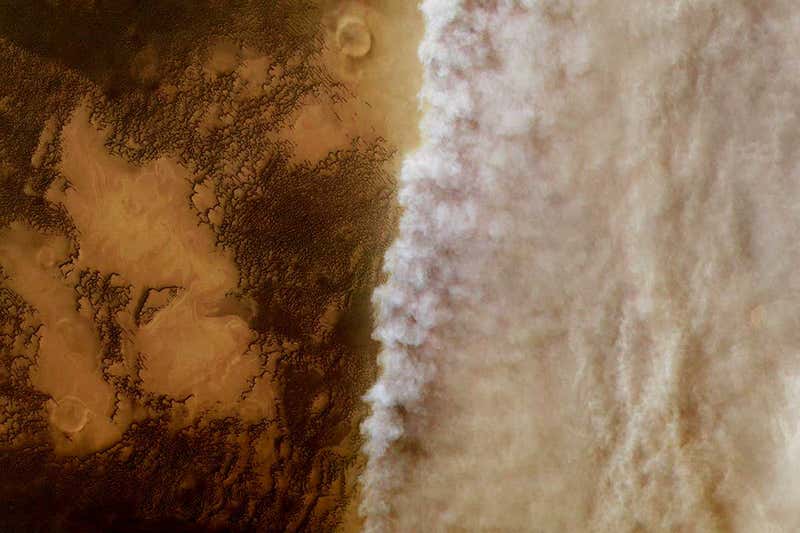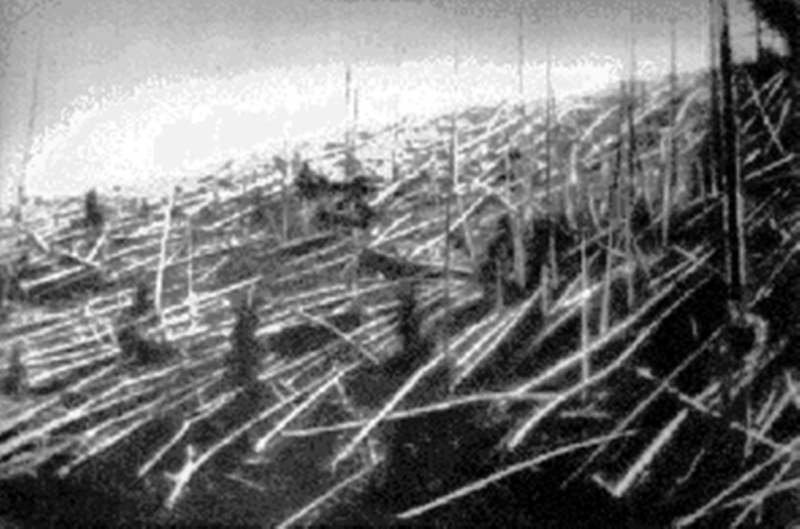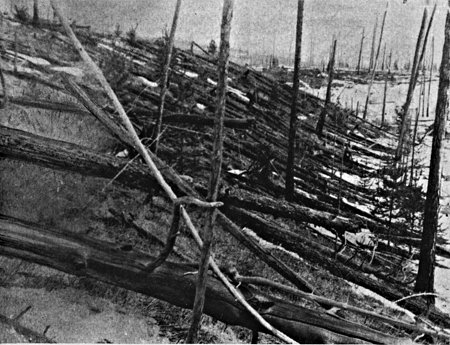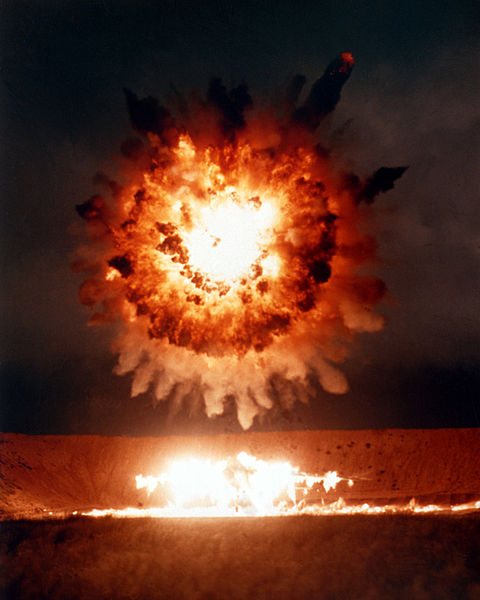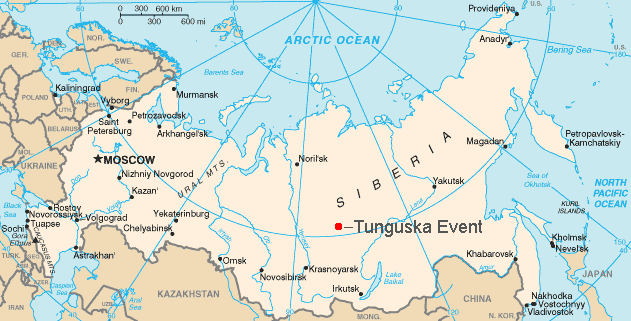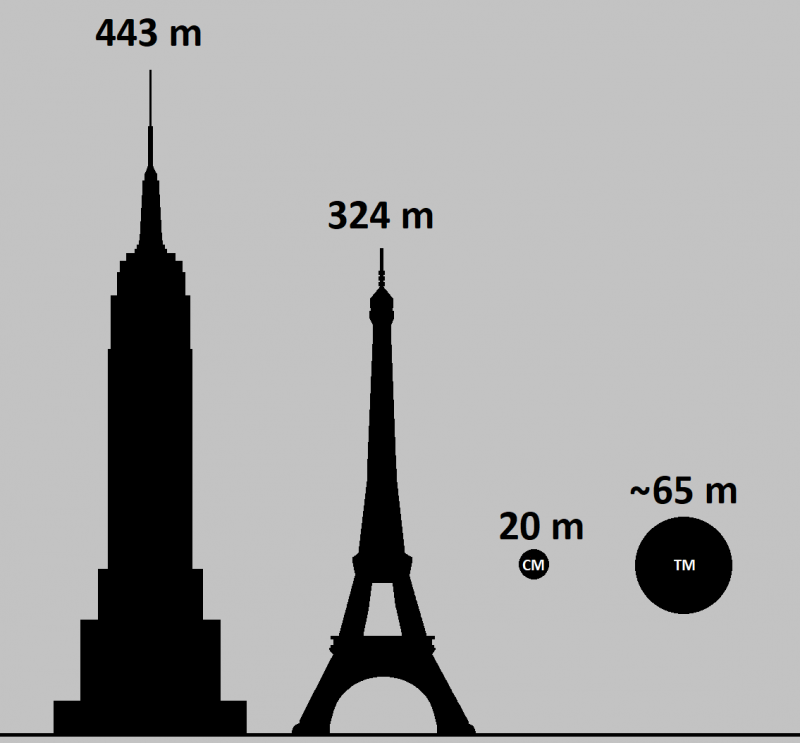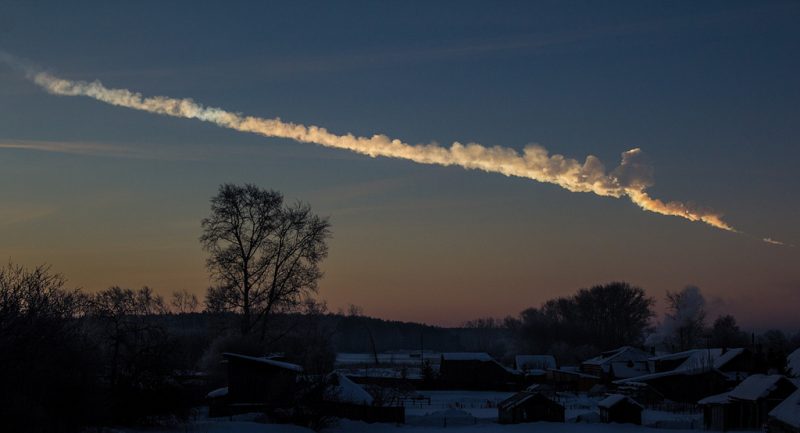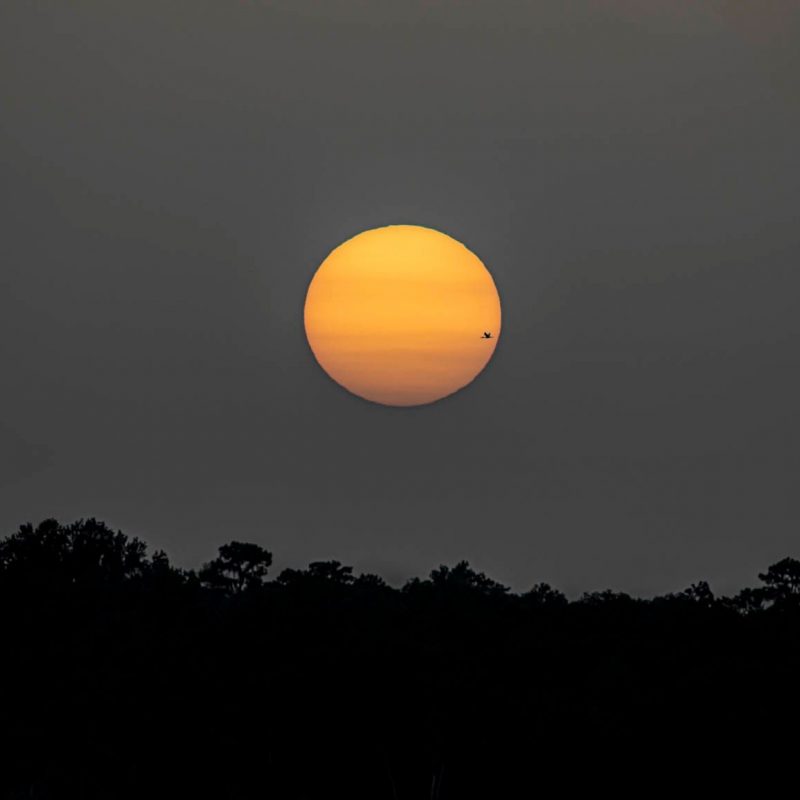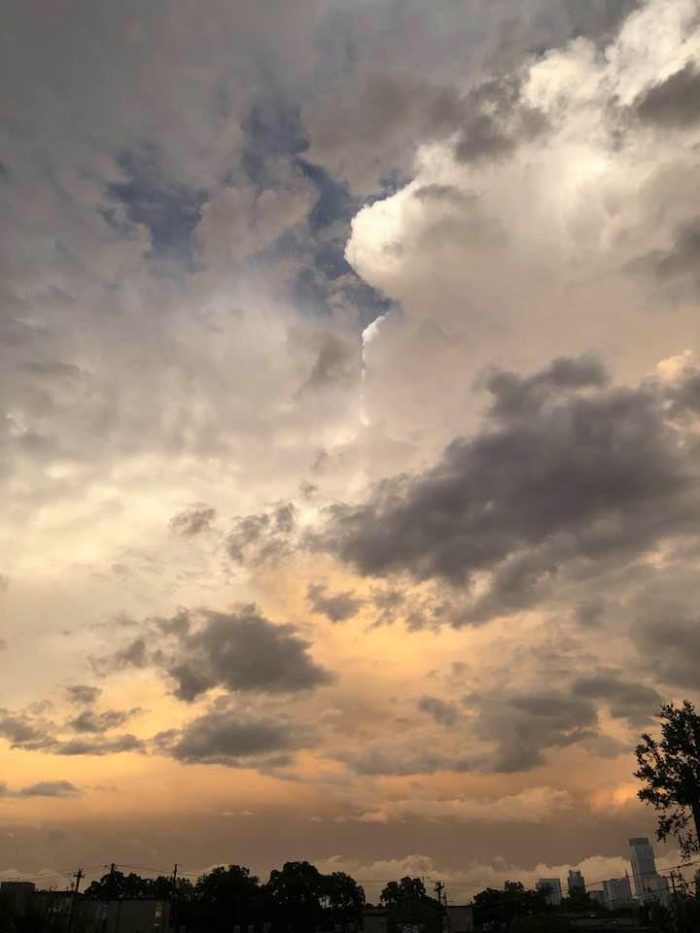By Carol Clark
On July 6 in 1885, Louis Pasteur successfully administered the first vaccine against rabies, one of the most feared diseases of that time. The bite of an infected animal transmits the rabies virus to humans, leading to an agonizing death without the vaccine.
World Zoonoses Day, held July 6 every year, marks this major breakthrough in the fight against zoonoses — diseases caused by germs that spread between animals and people. And yet, 135 years later, despite tremendous advances in science and medicine, the world is struggling to respond to the novel coronavirus — the latest devastating pathogen to spill over from animals.
“We are at a crisis point,” says Thomas Gillespie, associate professor in Emory University’s Department of Environmental Sciences and Rollins School of Public Health. “We have to act now. We cannot forsake this moment. If we don’t radically change our attitudes toward the natural world, things are going to get much, much worse. Pandemics will become increasingly common. What we are experiencing now will seem mild by comparison.”
Gillespie served as an expert reviewer for a report by the United Nations Environmental Program and partners, “Preventing future zoonotic disease outbreaks: Protecting the environment, animals and people in a post-COVID-19 world,” to be released July 6.
“The primary risks for future spillover of zoonotic diseases are deforestation of tropical environments and large-scale industrial farming of animals, specifically pigs and chickens at high density,” Gillespie says.
A disease ecologist, Gillespie studies how germs jump between wildlife, domesticated animals and people. Through this “One Health” approach, he aims to protect humans, ecosystems and biodiversity.
"We're all feeling the impact of the COVID-19 pandemic," Gillespie says. "That's created a sense of urgency that we haven't seen with past discussions of climate change and land-use change."
While vaccine development is important, pathogens can leap from animals to humans much faster than scientists can develop vaccines and treatments. “We also need complementary approaches that focus on the environment,” Gillespie notes. “It’s far cheaper to invest in the prevention of infectious disease outbreaks than to deal with the consequences of a pandemic.”
Gillespie is contributing his “One Health” expertise to an upcoming United Nations forum on the U.N. Sustainable Development Goals.
“The silos have broken down,” Gillespie says. “There is growing awareness that we don’t need a separate forum on climate change and another one for pandemics. Discussions about the environment and health should be integrated and not considered separately so that we can gain momentum. We really need to be sprinting right now. Climate change and the increase in pandemics are both signals that we have reached a tipping point.”
Genetic sequencing links the novel coronavirus that causes COVID-19 to horseshoe bats in China. The first detected outbreak sprang from a live animal market in Wuhan. Gillespie points out, however, that the coronavirus may have been circulating in remote, rural areas before it was detected in Wuhan, a city of 10 million where population density fueled rapid transmission.
He notes that no one has studied the ecological impacts of China’s Three Gorges Dam project. The world’s largest hydroelectric power station, it was built on the Yangtze River on what was previously a mix of secondary forest and agricultural land.
“Live animal markets are definitely dangerous places when it comes to spillover events,” Gillespie says, “but shutting all of them down won’t solve the bigger issue. The markets are just a small piece of a much bigger problem.”
Deforestation to make way for palm oil plantations, which changed the roosting habits of bats, was linked to a major Nipah virus outbreak in Malaysia. Evidence suggests that similar deforestation in West Africa for palm oil production may have played a role in outbreaks of Lassa fever and Ebola.
A meta-analysis by Gillespie and colleagues quantified how fragmentation of forests by agriculture facilitates the spread of pathogens from wildlife. Optimal rates of spillover occur once 40 percent of the forest cover disappears. “That opens a window where you’re going to see more germs jumping species,” Gillespie says. “And tropical environments are at primary risk for pathogen spillover due to simple mathematics — there is a much richer diversity of species living in the tropics than in other environments.”
In the developed world, and rapidly developing parts of the world, people are eating more animal protein and fried food than is recommended for human health. To meet the demand, corporations are clearing natural habitats for cattle ranches, for soybean fields to feed the cattle, and oil palm plantations for cooking oil.
Many species are endangered by these actions. Habitat loss, poaching and disease are the primary threats to the remaining great apes, Gillespie says. COVOID-19 poses a particularly dire situation for apes in danger of extinction, he adds, including bonobos, chimpanzees, gorillas and orangutans. Due to genetic similarities, they are highly susceptible to human respiratory diseases. Gillespie serves as an adviser on great apes to the International Union for Conservation of Nature (IUCN), and has worked to develop IUCN guidelines during the pandemic to limit human contact with the animals while also protecting them from poachers. Gillespie and colleagues created the “Non-human Primate COVID-19 Information Hub” to serve as a real-time resource on the issue.
Current policies fail to factor in the costs of wholesale extraction of resources and the destruction of natural habitats, Gillespie warns. Nature will persist, he adds, even as biodiversity diminishes.
“Nature will push forward, evolution will happen, without regard to human suffering,” Gillespie says. “Meanwhile, we’re ignoring how dependent we are on nature and how fragile we are in the grand scheme of things.”
Gillespie starts off his undergraduate Conservation Biology class with a quiz. Among the questions: How many people are there on the planet? Has the world reached its human carrying capacity?
The last item on the quiz asks students to list 10 species that occur in Atlanta. “None of the students ever writes Homo Sapiens,” Gillespie says. “Many people don’t think of themselves as part of nature anymore. They have this artificial sense that we’re apart from it.”
The pandemic is shifting perspectives. “We’re all feeling the impact of the COVID-19 pandemic,” Gillespie says. “That’s created a sense of urgency that we haven’t seen with past discussions on climate change and land-use change. People are recognizing the linkages between our financial and agricultural systems, the environment and our health. It’s critical right now to make the message as understandable as possible to as many people as possible.”
Follow Thomas Gillespie on Twitter: @BiodiversHealth.
Related:
Great apes and COVID-19: Experts raise the alarm for endangered species
Spillover: Why germs jump species from animals to people
Bat ecology in the era of pandemics
from eScienceCommons https://ift.tt/3eQFQUh
By Carol Clark
On July 6 in 1885, Louis Pasteur successfully administered the first vaccine against rabies, one of the most feared diseases of that time. The bite of an infected animal transmits the rabies virus to humans, leading to an agonizing death without the vaccine.
World Zoonoses Day, held July 6 every year, marks this major breakthrough in the fight against zoonoses — diseases caused by germs that spread between animals and people. And yet, 135 years later, despite tremendous advances in science and medicine, the world is struggling to respond to the novel coronavirus — the latest devastating pathogen to spill over from animals.
“We are at a crisis point,” says Thomas Gillespie, associate professor in Emory University’s Department of Environmental Sciences and Rollins School of Public Health. “We have to act now. We cannot forsake this moment. If we don’t radically change our attitudes toward the natural world, things are going to get much, much worse. Pandemics will become increasingly common. What we are experiencing now will seem mild by comparison.”
Gillespie served as an expert reviewer for a report by the United Nations Environmental Program and partners, “Preventing future zoonotic disease outbreaks: Protecting the environment, animals and people in a post-COVID-19 world,” to be released July 6.
“The primary risks for future spillover of zoonotic diseases are deforestation of tropical environments and large-scale industrial farming of animals, specifically pigs and chickens at high density,” Gillespie says.
A disease ecologist, Gillespie studies how germs jump between wildlife, domesticated animals and people. Through this “One Health” approach, he aims to protect humans, ecosystems and biodiversity.
"We're all feeling the impact of the COVID-19 pandemic," Gillespie says. "That's created a sense of urgency that we haven't seen with past discussions of climate change and land-use change."
While vaccine development is important, pathogens can leap from animals to humans much faster than scientists can develop vaccines and treatments. “We also need complementary approaches that focus on the environment,” Gillespie notes. “It’s far cheaper to invest in the prevention of infectious disease outbreaks than to deal with the consequences of a pandemic.”
Gillespie is contributing his “One Health” expertise to an upcoming United Nations forum on the U.N. Sustainable Development Goals.
“The silos have broken down,” Gillespie says. “There is growing awareness that we don’t need a separate forum on climate change and another one for pandemics. Discussions about the environment and health should be integrated and not considered separately so that we can gain momentum. We really need to be sprinting right now. Climate change and the increase in pandemics are both signals that we have reached a tipping point.”
Genetic sequencing links the novel coronavirus that causes COVID-19 to horseshoe bats in China. The first detected outbreak sprang from a live animal market in Wuhan. Gillespie points out, however, that the coronavirus may have been circulating in remote, rural areas before it was detected in Wuhan, a city of 10 million where population density fueled rapid transmission.
He notes that no one has studied the ecological impacts of China’s Three Gorges Dam project. The world’s largest hydroelectric power station, it was built on the Yangtze River on what was previously a mix of secondary forest and agricultural land.
“Live animal markets are definitely dangerous places when it comes to spillover events,” Gillespie says, “but shutting all of them down won’t solve the bigger issue. The markets are just a small piece of a much bigger problem.”
Deforestation to make way for palm oil plantations, which changed the roosting habits of bats, was linked to a major Nipah virus outbreak in Malaysia. Evidence suggests that similar deforestation in West Africa for palm oil production may have played a role in outbreaks of Lassa fever and Ebola.
A meta-analysis by Gillespie and colleagues quantified how fragmentation of forests by agriculture facilitates the spread of pathogens from wildlife. Optimal rates of spillover occur once 40 percent of the forest cover disappears. “That opens a window where you’re going to see more germs jumping species,” Gillespie says. “And tropical environments are at primary risk for pathogen spillover due to simple mathematics — there is a much richer diversity of species living in the tropics than in other environments.”
In the developed world, and rapidly developing parts of the world, people are eating more animal protein and fried food than is recommended for human health. To meet the demand, corporations are clearing natural habitats for cattle ranches, for soybean fields to feed the cattle, and oil palm plantations for cooking oil.
Many species are endangered by these actions. Habitat loss, poaching and disease are the primary threats to the remaining great apes, Gillespie says. COVOID-19 poses a particularly dire situation for apes in danger of extinction, he adds, including bonobos, chimpanzees, gorillas and orangutans. Due to genetic similarities, they are highly susceptible to human respiratory diseases. Gillespie serves as an adviser on great apes to the International Union for Conservation of Nature (IUCN), and has worked to develop IUCN guidelines during the pandemic to limit human contact with the animals while also protecting them from poachers. Gillespie and colleagues created the “Non-human Primate COVID-19 Information Hub” to serve as a real-time resource on the issue.
Current policies fail to factor in the costs of wholesale extraction of resources and the destruction of natural habitats, Gillespie warns. Nature will persist, he adds, even as biodiversity diminishes.
“Nature will push forward, evolution will happen, without regard to human suffering,” Gillespie says. “Meanwhile, we’re ignoring how dependent we are on nature and how fragile we are in the grand scheme of things.”
Gillespie starts off his undergraduate Conservation Biology class with a quiz. Among the questions: How many people are there on the planet? Has the world reached its human carrying capacity?
The last item on the quiz asks students to list 10 species that occur in Atlanta. “None of the students ever writes Homo Sapiens,” Gillespie says. “Many people don’t think of themselves as part of nature anymore. They have this artificial sense that we’re apart from it.”
The pandemic is shifting perspectives. “We’re all feeling the impact of the COVID-19 pandemic,” Gillespie says. “That’s created a sense of urgency that we haven’t seen with past discussions on climate change and land-use change. People are recognizing the linkages between our financial and agricultural systems, the environment and our health. It’s critical right now to make the message as understandable as possible to as many people as possible.”
Follow Thomas Gillespie on Twitter: @BiodiversHealth.
Related:
Great apes and COVID-19: Experts raise the alarm for endangered species
Spillover: Why germs jump species from animals to people
Bat ecology in the era of pandemics
from eScienceCommons https://ift.tt/3eQFQUh




